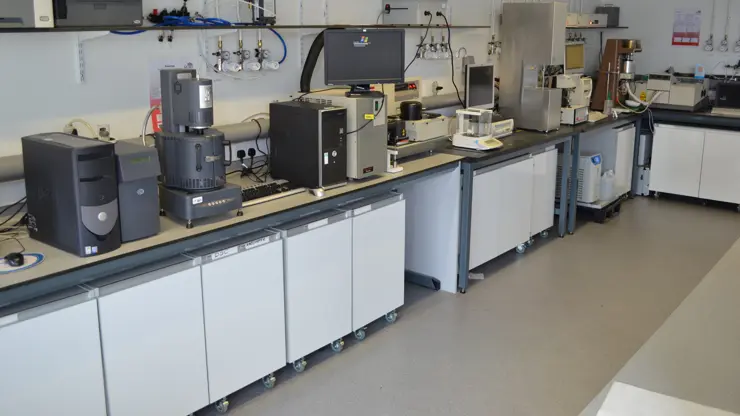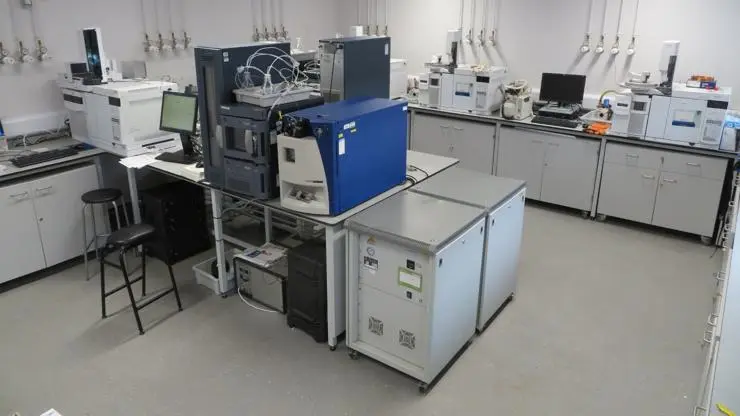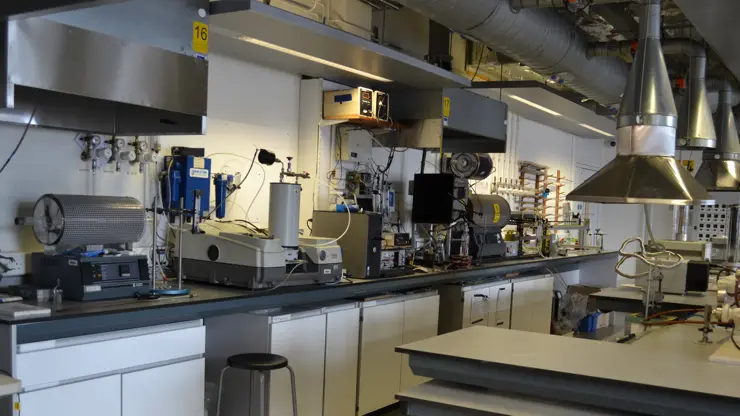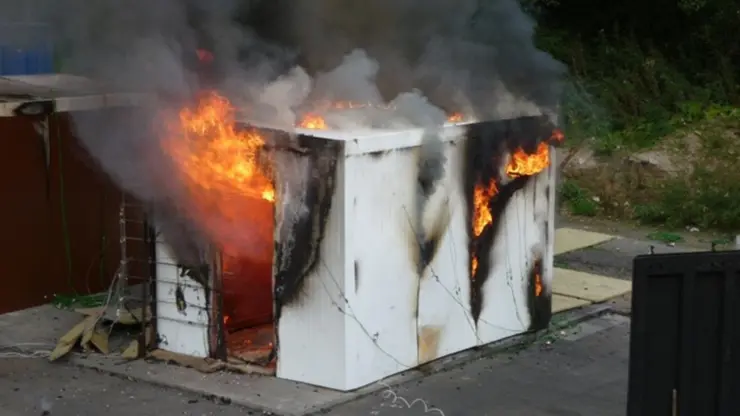The Centre for Fire and Hazards Sciences (CFHS) Research Laboratory has a wide range of experimental methods and over 50 years’ experience in the field of fire chemistry and toxicity. This accumulated knowledge and research expertise can be made available through specific research projects, general liaison, advice and consultancy services.
Laboratory and analytical services
Centre for Fire and Hazards Sciences Laboratories provide unique possibilities to analyse a number of fire effluents by using different fire and analytical test methods.
Find out more
Contact us
We have an extensive range of equipment and facilities for quantifying fire behaviour and standard testing which is available for testing, research and consultancy.
Please get in touch with us to find out more.
Professor Anna Stec
Professor in Fire Chemistry and Toxicity
Professor Richard Hull
Professor of Chemistry and Fire Science
Detailed information
Kit list
- Please contact us for a full and up-to-date kit and specification list of all equipment.




